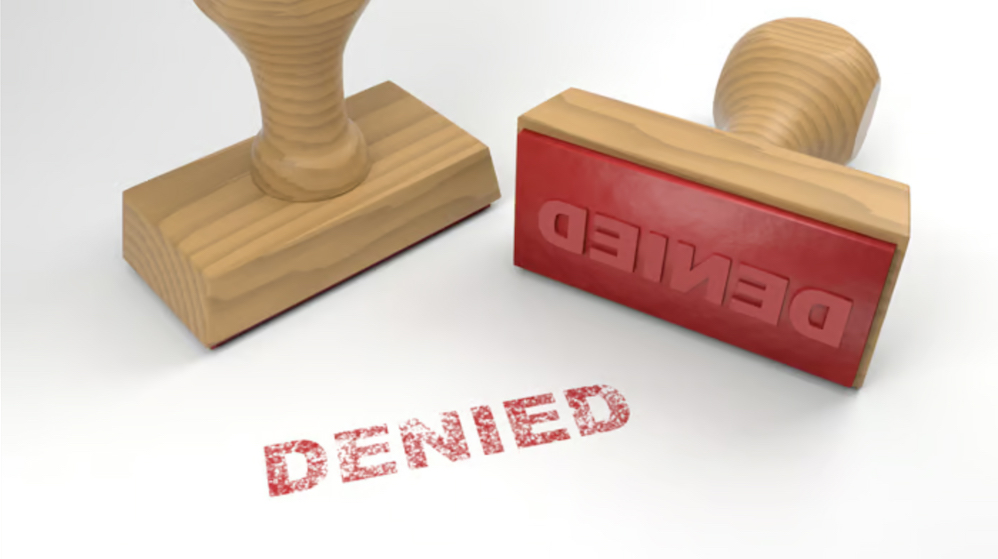29 Sep How to Find an External Evaluator By: AGS Grant Staff
Posted at 18:00h
in AGS Staff, Competency Eight, Competency Five, Competency Four, Evaluation, Grant Reporting, Grants Management, Relationships
Many organizations lack the qualified staff to conduct a program evaluation. While some organizations do have the capacity and expertise, many need to contract with an external evaluator for one or several reasons. For instance, using an external evaluator can be more economical and efficient, can provide a more credible report due to objectivity, and is sometimes a grant requirement.







 All the time and effort you put into designing a great project and developing a clear, well-written grant proposal has paid off and you’ve received a notice of award from the funder. Now, it’s time to ensure that you are a great steward of the grant funds that you have received.
All the time and effort you put into designing a great project and developing a clear, well-written grant proposal has paid off and you’ve received a notice of award from the funder. Now, it’s time to ensure that you are a great steward of the grant funds that you have received. 

